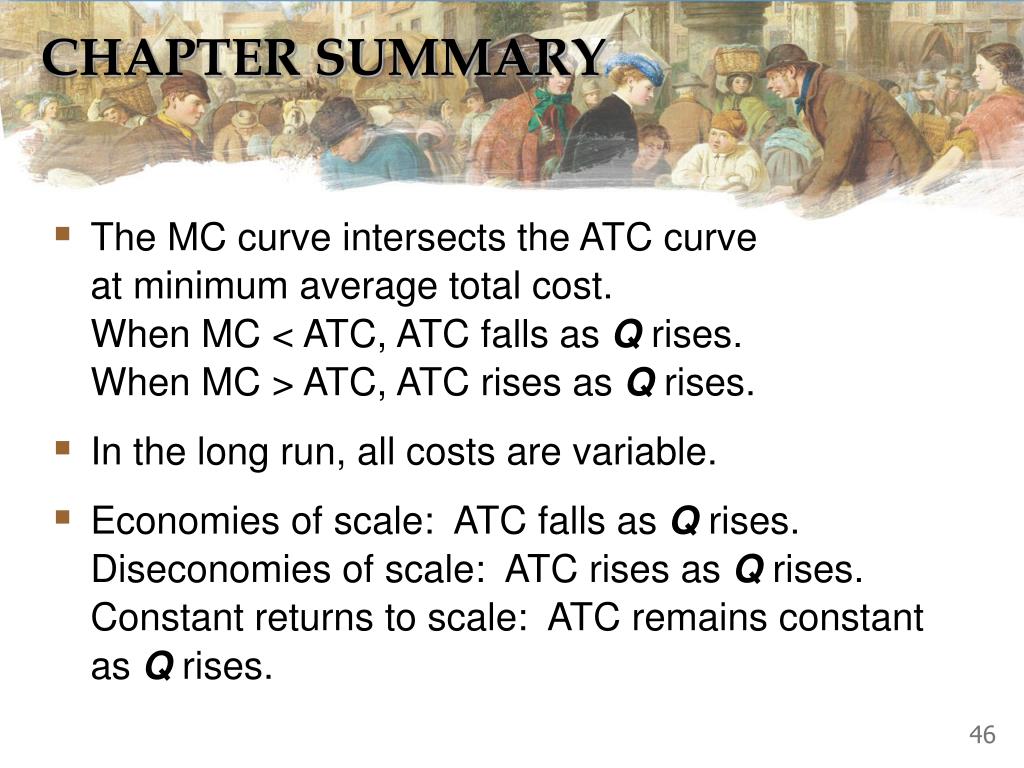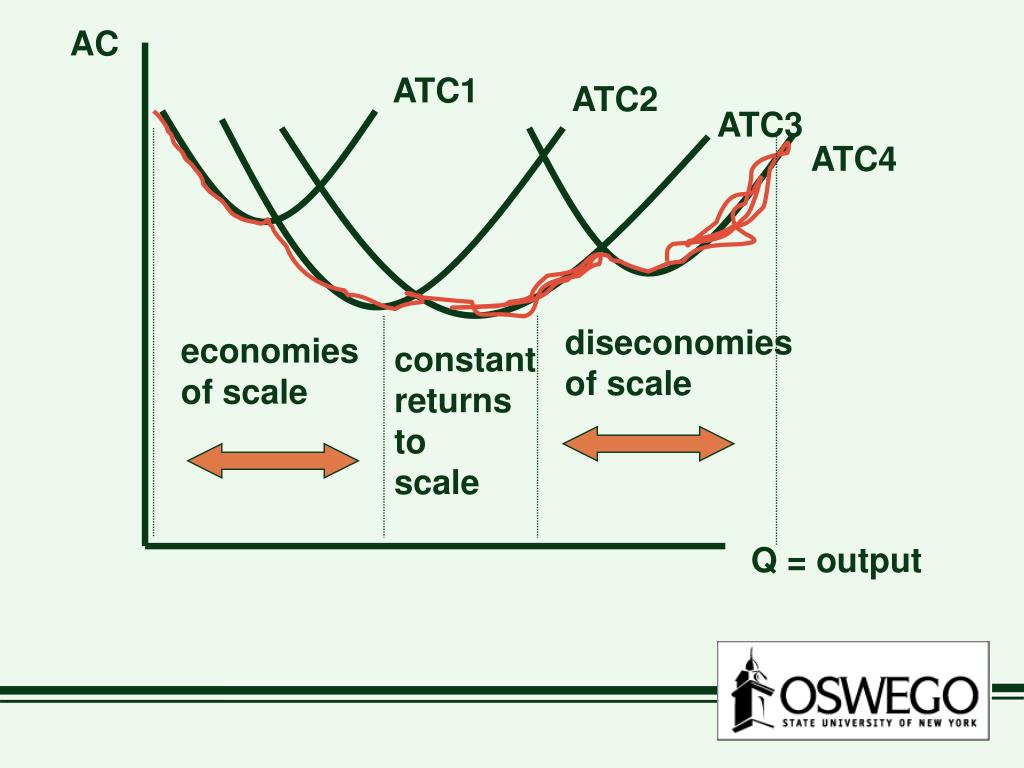

A large number of buyers and sellers – A large number of consumers with the willingness and ability to buy the product at a certain price, and a large number of producers with the willingness and ability to supply the product at a certain price.There is a set of market conditions which are assumed to prevail in the discussion of what perfect competition might be if it were theoretically possible to ever obtain such perfect market conditions. Idealizing conditions of perfect competition In such markets, the theory of the second best proves that if one optimality condition in an economic model cannot be satisfied, it is possible that the next-best solution involves changing other variables away from the values that would otherwise be optimal. The real estate market is an example of a very imperfect market.

Those economists who believe in perfect competition as a useful approximation to real markets may classify those as ranging from close-to-perfect to very imperfect.
#ATC FORMULA IN ECONOMICS HOW TO#
Despite their similarities or disagreements about who discovered the idea, both were extremely helpful in allowing firms to understand better how to center their goods around the wants of the consumer to achieve the highest amount of revenue possible. While Chamberlain focused much of his work on product development, Robinson focused heavily on price formation and discrimination (Sandmo,303.) The act of price discrimination under imperfect competition implies that the seller would sell their goods at different prices depending on the characteristic of the buyer to increase revenue (Robinson,204.) Joan Robinson and Edward Chamberlain came to many of the same conclusions regarding imperfect competition while still adding a bit of their twist to the theory. Edward Chamberlin wrote "Monopolistic Competition" in 1933 as "a challenge to the traditional viewpoint that competition and monopolies are alternatives and that individual prices are to be explained in either terms of one or the other" (Dewey,88.) In this book, and for much of his career, he "analyzed firms that do not produce identical goods, but goods that are close substitutes for one another" (Sandmo,300.)Īnother key player in understanding imperfect competition is Joan Robinson, who published her book "The Economics of Perfect Competition" the same year Chamberlain published his. Imperfect competition was a theory created to explain the more realistic kind of market interaction that lies in between perfect competition and a monopoly. In the 1950s, the theory was further formalized by Kenneth Arrow and Gérard Debreu. Léon Walras gave the first rigorous definition of perfect competition and derived some of its main results. The theory of perfect competition has its roots in late-19th century economic thought. At this point, price equals both the marginal cost and the average total cost for each good (P = MC = AC). Competition reduces price and cost to the minimum of the long run average costs.

However, in the long-run, productive efficiency occurs as new firms enter the industry.


 0 kommentar(er)
0 kommentar(er)
